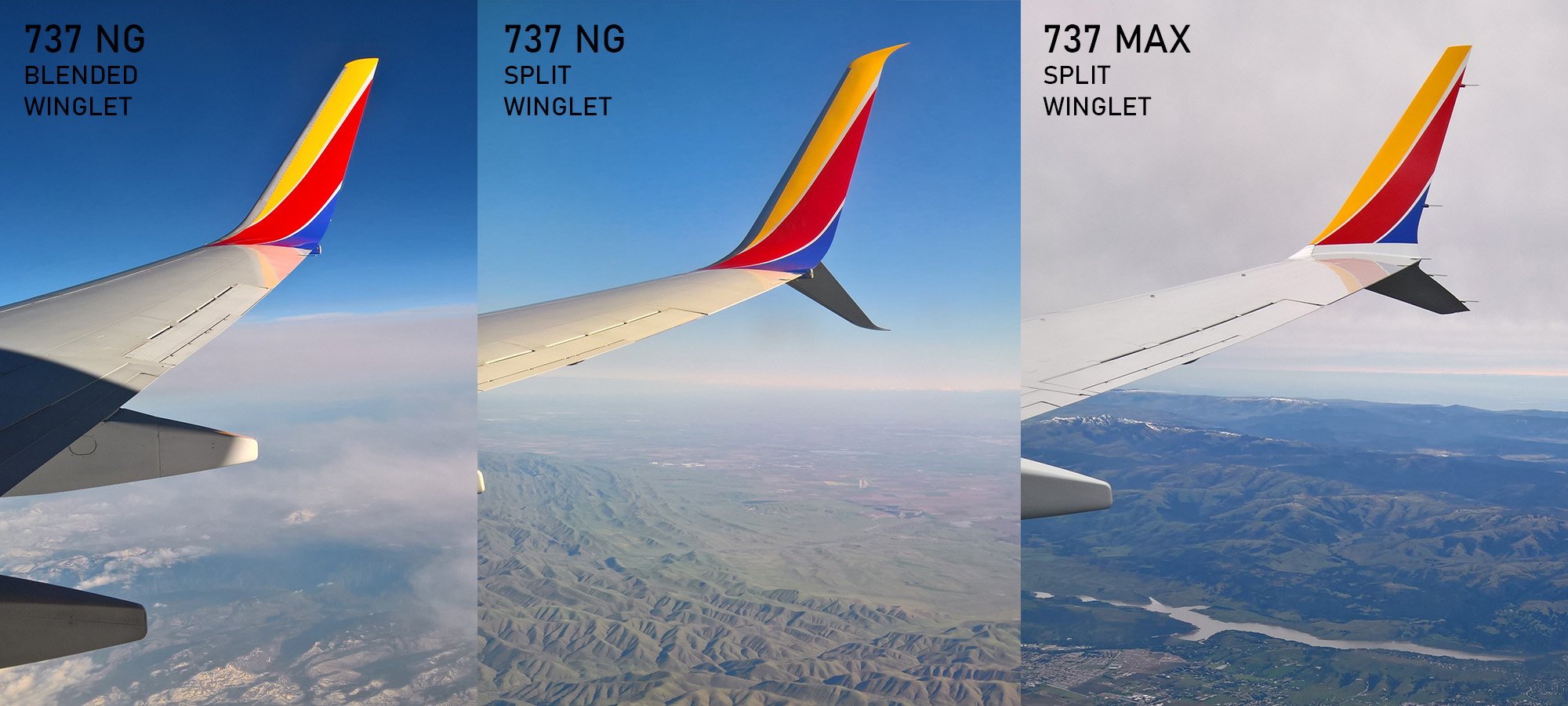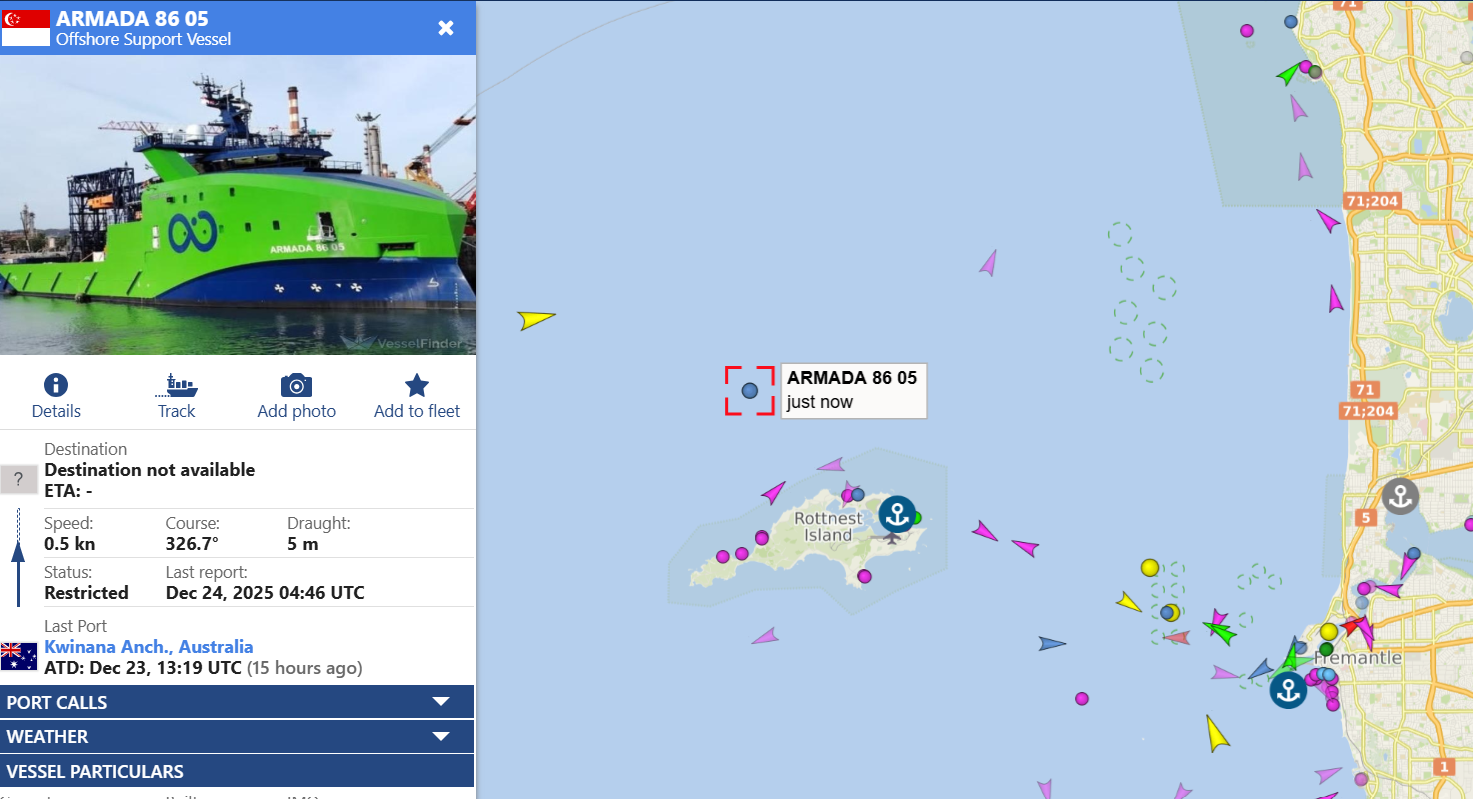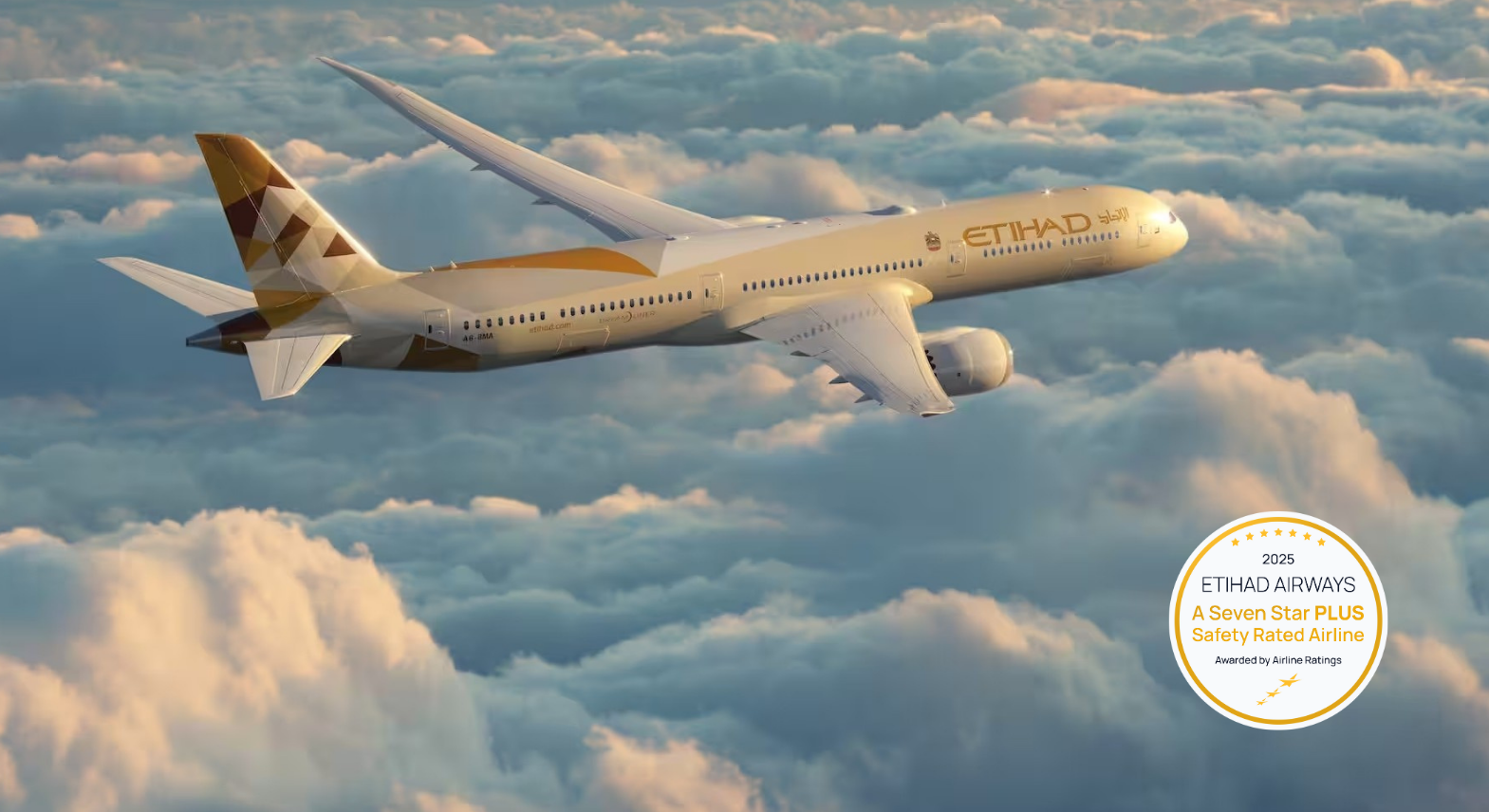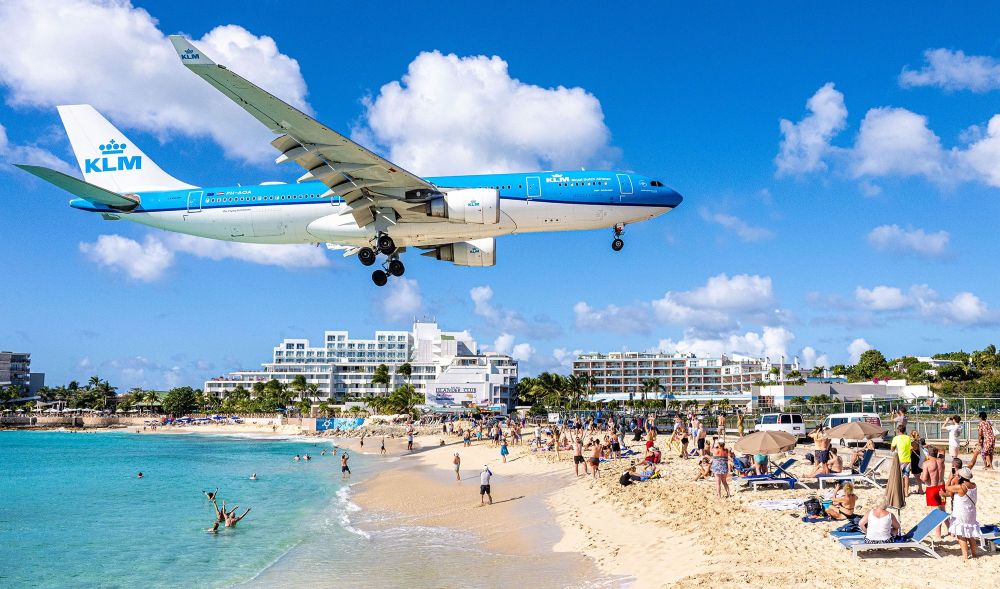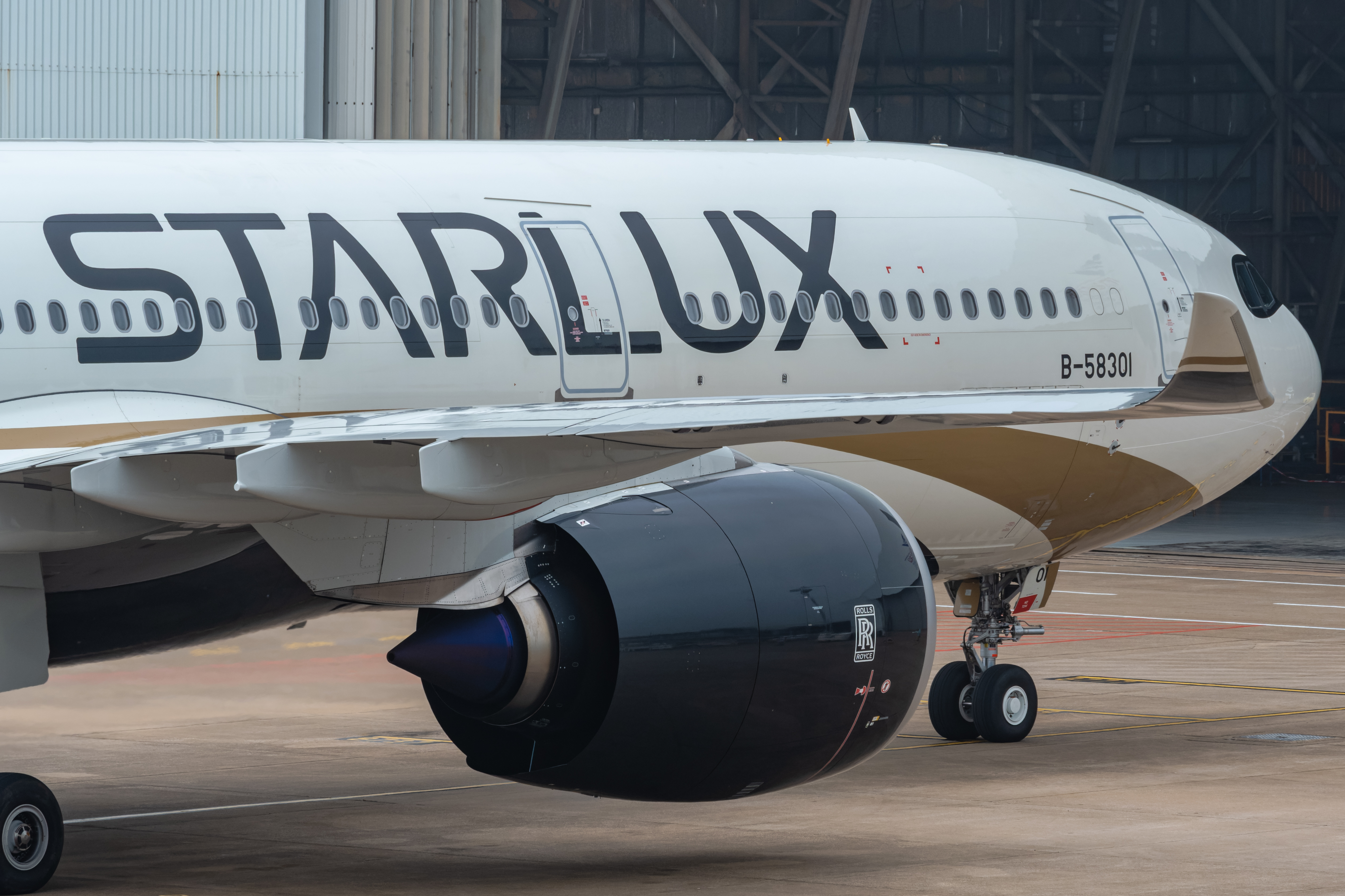By Sharon Petersen
Published Tue May 13 2025
The Boeing 737 family is one of the most successful commercial aircraft lines in aviation history, evolving through multiple generations to meet the changing needs of airlines and passengers. The 737 was introduced in 1967 and has remained flying, and in production ever since.
Among the most commonly referenced variants are the 737 Next Generation (NG), the 737 MAX, and specifically, the 737-8. While they may seem similar on the surface, each represents a different stage in the aircraft’s development, with important distinctions in design, performance, and technology.
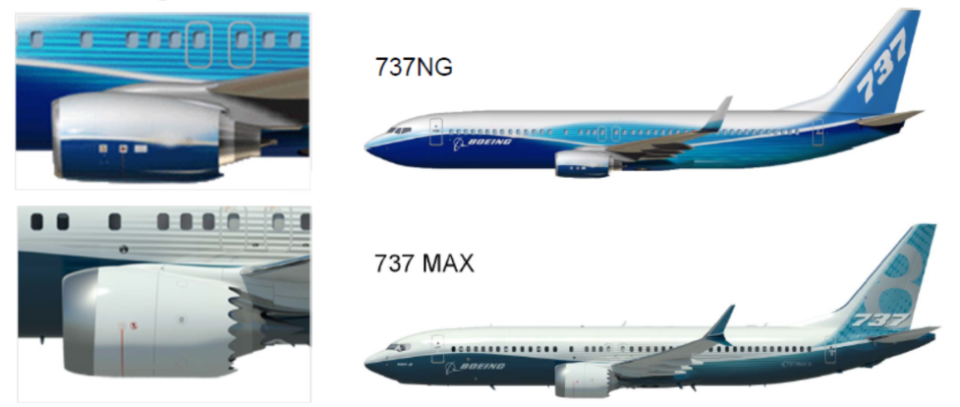
737 Next Generation (NG) – The Evolution Begins
The 737 NG series—comprising the -600, -700, -800, and -900 models—was launched in the late 1990s as a significant upgrade over the earlier 737 Classic series. Boeing introduced the NG to improve fuel efficiency, range, and passenger capacity, while also responding to rising competition from the Airbus A320.
The most popular model in the NG lineup is the 737-800, which can carry up to 189 passengers in a high-density layout. The longer 737-900ER extends that capacity to 220, thanks to an extra set of exit doors. The standard 737-900, which lacks those doors, is limited to 189 passengers.
Key Features:
Engines: CFM56-7B engines, more efficient than those on earlier 737 models but less so than the MAX series.
Cockpit: Upgraded avionics compared to earlier 737s, with glass displays and modern navigation tools.
Range and Capacity: The 737-800 (the flagship NG model) typically seats 162 passengers in two classes and has a range of about 2,935 nautical miles.
Design Improvements: Winglets, improved aerodynamics, and greater fuel efficiency than the Classic series.
Why It Mattered:
The 737 NG became the backbone of many airline fleets worldwide, offering versatility and reliability for short- to medium-haul routes.

737 MAX – A Technological Leap (But Not Without Challenges)
Introduced in 2011, the 737 MAX was Boeing’s answer to Airbus’s A320neo, aiming to deliver superior fuel efficiency, lower emissions, and quieter operations. The MAX brought significant upgrades, but its development and rollout were marred by controversy and tragedy. Two fatal crashes involving MAX 8 aircraft led to a worldwide grounding that lasted nearly 18 months—fueling public fear, intense media scrutiny, and widespread skepticism.
Key Features:
Engines: LEAP-1B engines, significantly larger and more efficient than the CFM56s, offering reduced fuel burn and emissions.
Cockpit and Systems: Updated flight deck with larger digital displays and improved connectivity; however, pilots with NG experience require minimal retraining.
Aerodynamic Changes: Redesigned winglets and refined airframe contribute to better fuel efficiency.
MCAS System: A controversial pitch control system introduced to help manage the aircraft’s changed flight characteristics due to larger engines. This system was central to the aircraft’s temporary global grounding in 2019–2020.
READ: Beyond the Blame Game: What the 737 MAX Tragedy Reveals About Pilot Training

Why the 737 MAX Uses NG-style Model Numbers (like MAX 8)
Boeing continued using the same basic model numbers from the 737 Next Generation (NG) series—like -8, -9, and -10—when naming the 737 MAX aircraft. So, for example:
737-800 (NG) became the 737 MAX 8
737-900ER (NG) became the 737 MAX 9
737-700 (NG) became the 737 MAX 7
This was done intentionally to maintain continuity and make the transition easier for airlines and regulators. Because the MAX is a direct replacement for the NG.
In short, the MAX naming (like “MAX 8”) tells you it’s a newer version, while the number (8) indicates its size relative to earlier models like the 737-800.
Summary of Key Differences
737 NG (e.g., 737-800) | 737 MAX Family | |
Engine | CFM56-7B | LEAP-1B |
Fuel Efficiency | Moderate | Improved (~14% better than NG) |
Range (nautical mi.) | ~2,935 | Varies by model |
Capacity (2-class) | ~162 (737-800) | Varies |
Avionics | Digital, NG-standard | Updated displays |
Key Issues | None major | MCAS controversy |
Entry into Service | Late 1990s | 2017 onward |
Today, both aircraft serve in fleets around the world, but the MAX—with its enhanced efficiency and longer range—is poised to be the dominant narrow-body aircraft of Boeing’s future. While they share the same DNA, their differences reflect how far aviation has come—and what’s at stake when innovation outpaces caution.
Have questions or want to share your thoughts?
Get In Touch